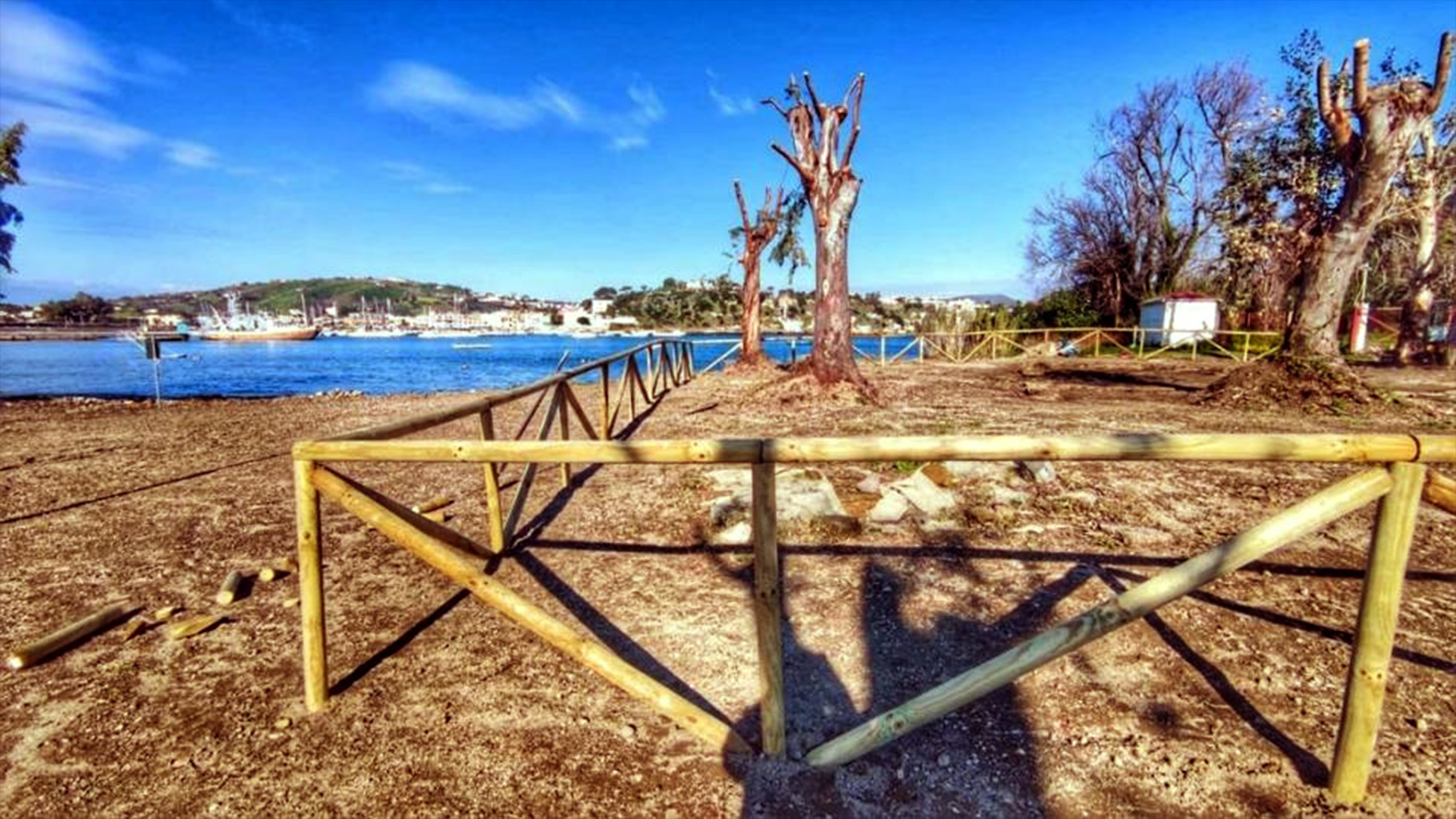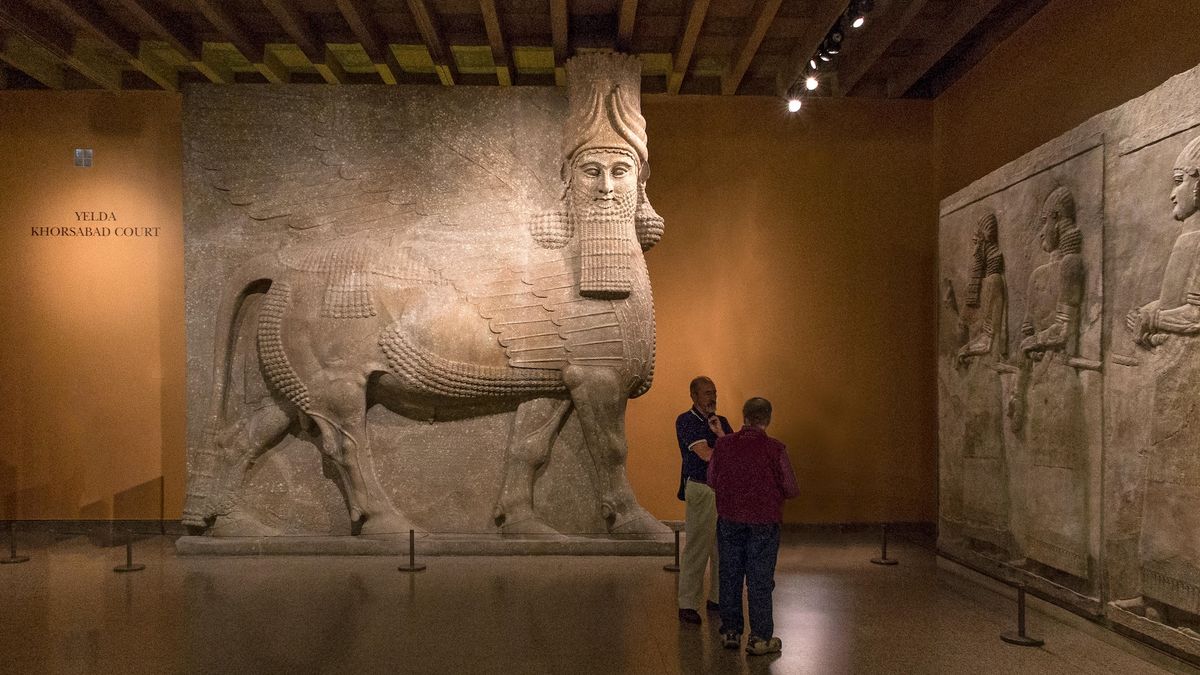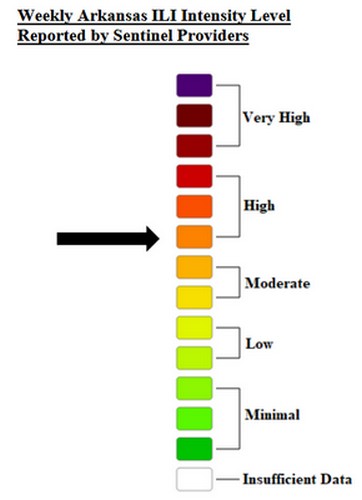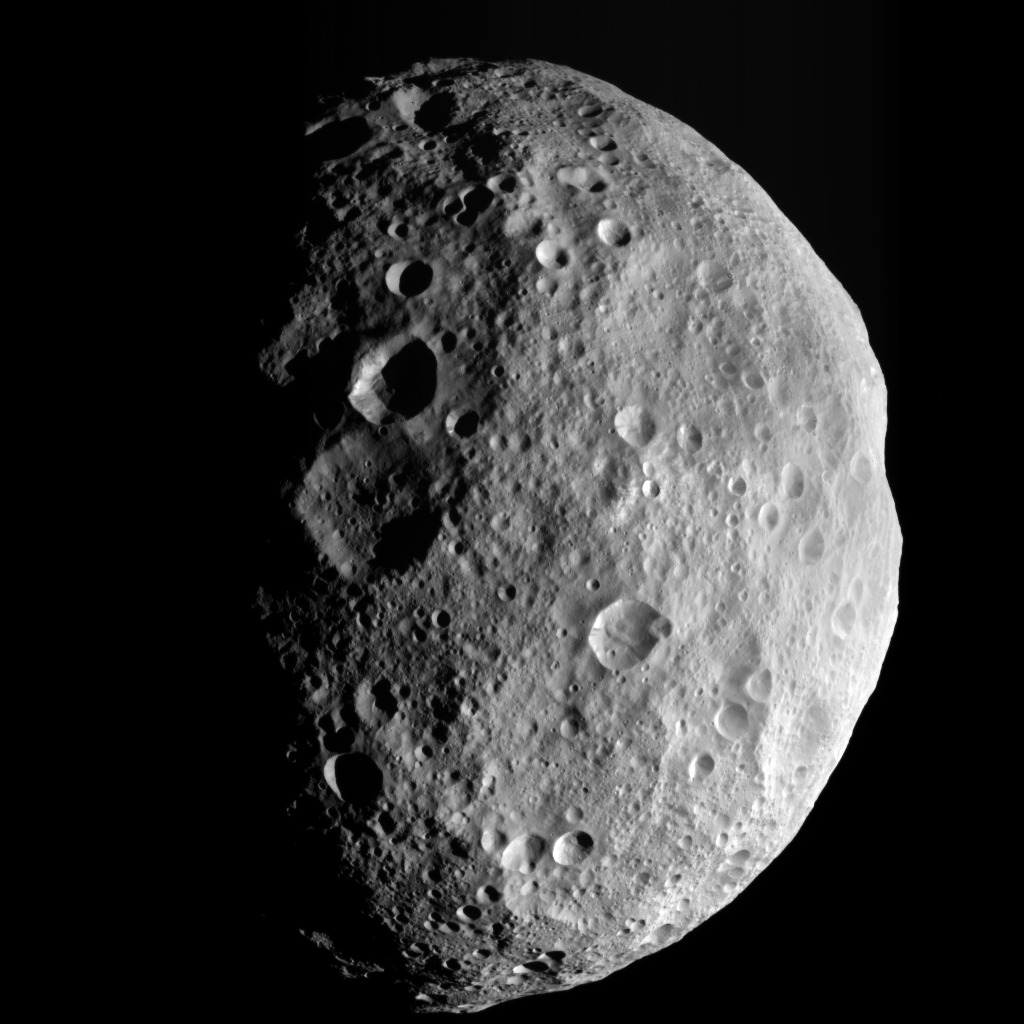An ancient seafront villa, believed to be the place where the Roman philosopher Pliny the Elder witnessed the Mount Vesuvius eruption in A.D. 79, has been unearthed during an excavation to build a playground near Naples, Italy. The eruption caused destruction in Pompeii and other nearby towns, possibly claiming around 16,000 lives, including that of Pliny. Pliny, also known as Gaius Plinius Secundus, had embarked on a sail from his residence towards the eruption in an effort to aid those affected by it. He was accompanied by his nephew and adopted son, Pliny the Younger (Gaius Plinius Caecilius Secundus), who later recounted in a letter witnessing the elder Pliny’s demise a few hours following his exposure to toxic gas from the volcano. The newly excavated villa is situated at Punta Sarparella, northwest of Naples in the town of Bacoli, which served as the port city of Misenum where Pliny the Elder commanded a Roman naval fleet. Although some archaeologists propose that the villa might have been owned by another wealthy Roman, it aligns with Pliny’s descriptions and offers a prominent view of Mount Vesuvius from approximately 20 miles (30 kilometers) across the bay. The Italian Ministry of Culture representatives stated that the newfound villa provides “maximum visibility of the entire port basin and a wide view of the entire Gulf,” potentially having been the location where Pliny the Elder, serving as the commander of the Misenum fleet, witnessed the eruption of Vesuvius. The remains of the villa were discovered following a three-year effort to remove a swimming pool from the site and construct a playground. According to Italian Ministry of Culture archaeologist Simona Formola, some of the villa’s remaining walls were constructed from beautifully arranged diamond-shaped blocks of soft limestone known as tufa, extending onto the beach and into the water. Pliny is thought to have hosted numerous banquets for the Roman elite in the villa’s garden courtyard.
The archaeological excavations will continue for several months. Researchers aim to learn more about the villa and Misenum, which served as an important Roman naval base. Formola mentioned to CNN that deeper layers of excavation could unveil additional rooms of the villa and possibly even frescoes. Pliny was born into a wealthy Roman family and advanced through the Roman Army. In his fifties, he was appointed commander of the Misenum fleet, responsible for defending the coast from pirates. Pliny was also a prolific writer, best known for his work “Natural History,” a 37-volume compilation presenting contemporary knowledge in various fields such as zoology, botany, geology, mineralogy, astronomy, and technology, as well as a discussion of the art and artists of his time. Following the eruption he witnessed, Pliny made an attempt to rescue his friends despite being warned of the dangers. He quoted the Latin proverb “Fortune favors the bold” (Audentes Fortuna Iuvat) and set out, only to be killed a few hours later on the shore at Stabiae, after sailing across the Gulf of Naples.
1st-century villa discovered near Mount Vesuvius may be where Pliny the Elder watched catastrophic eruption













